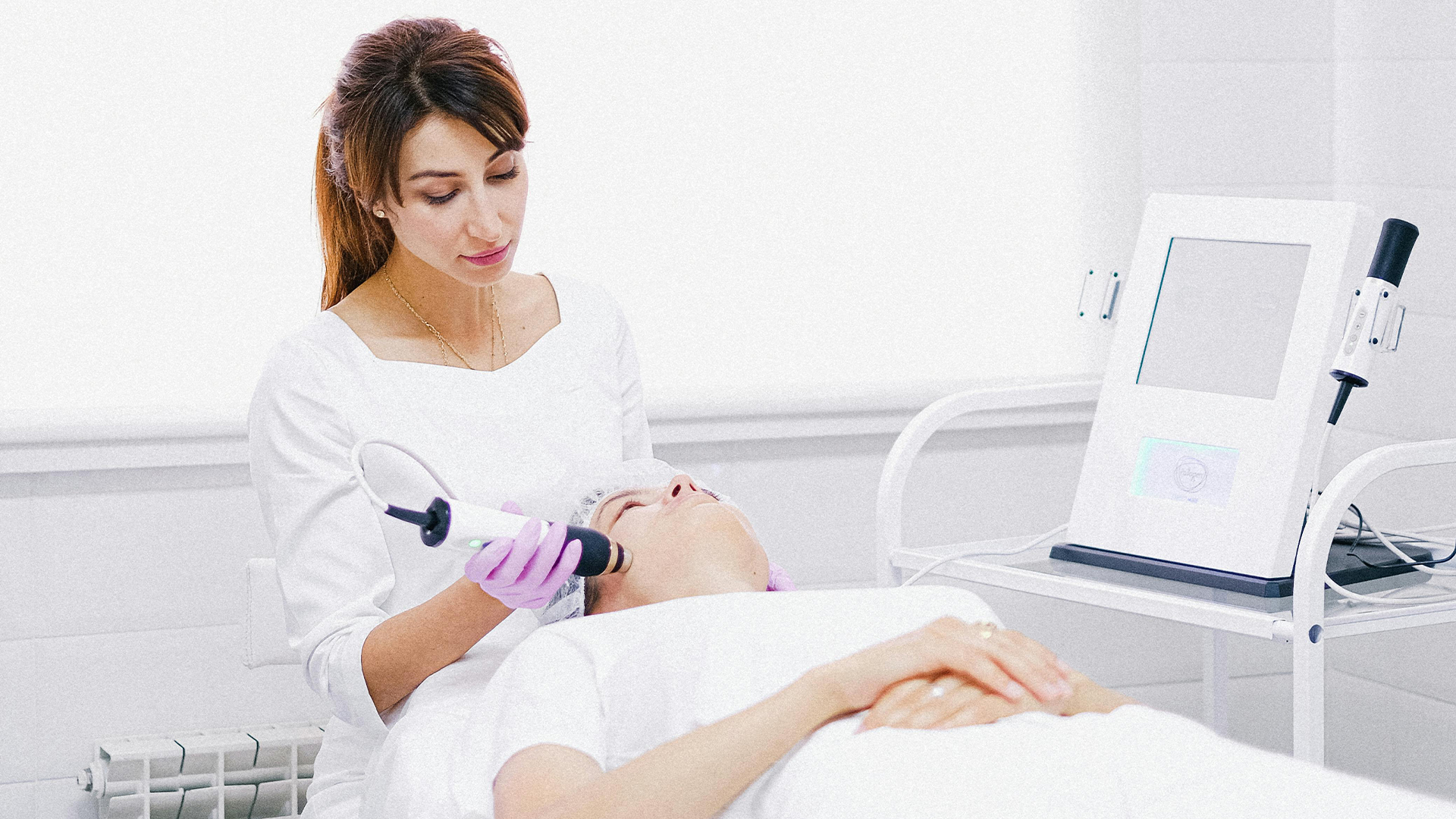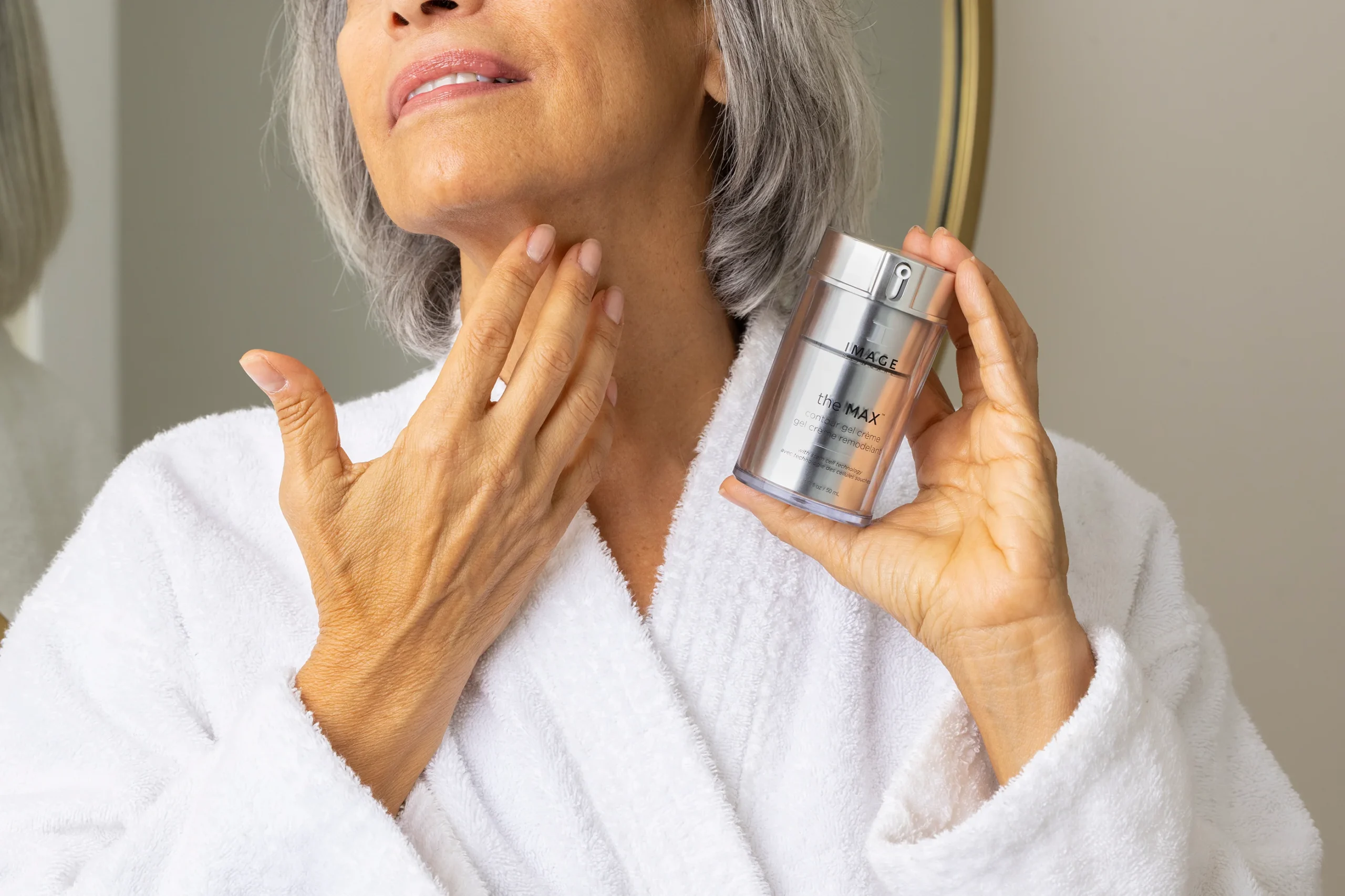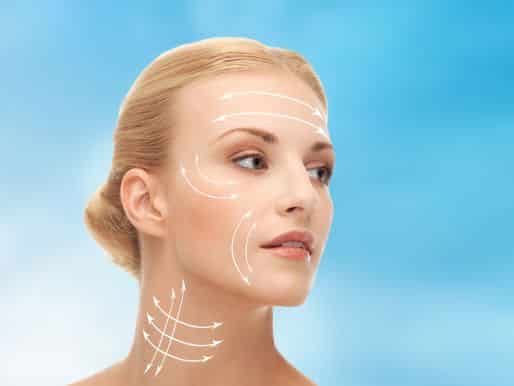As we move into 2025, the beauty industry is witnessing a remarkable evolution in the realm of non-surgical anti-aging treatments. With advancements in technology and a growing emphasis on natural aesthetics, consumers are increasingly opting for non-invasive options that enhance their appearance without the need for surgery. This article explores the top non-surgical anti-aging trends for 2025, highlighting innovative treatments, techniques, and what to expect from these cutting-edge procedures.
Understanding Non-Surgical Anti-Aging Treatments
Non-surgical anti-aging treatments encompass a wide range of procedures designed to improve appearance without the need for incisions or extensive recovery time. These treatments are often less invasive, require minimal downtime, and can deliver impressive results. As beauty standards shift towards a more natural look, non-surgical options are becoming increasingly popular among individuals seeking subtle enhancements.
1. Botox and Dermal Fillers
Botox and dermal fillers remain at the forefront of non-surgical anti-aging treatments in 2025. These injectables are widely used to address signs of aging and enhance facial features.
Botox
Botox is a neurotoxin that temporarily relaxes facial muscles, reducing the appearance of fine lines and wrinkles. It is particularly effective for:
- Forehead Lines: Smoothing out horizontal lines on the forehead.
- Crow’s Feet: Reducing the appearance of wrinkles around the eyes.
- Frown Lines: Softening vertical lines between the eyebrows.
Dermal Fillers
Dermal fillers are used to restore volume and fullness to the face. They can enhance areas such as:
- Cheeks: Adding volume to create a more youthful appearance.
- Lips: Plumping and defining the lips for a fuller look.
- Nasolabial Folds: Reducing the appearance of smile lines.
Benefits of Injectables
- Quick Results: Both Botox and dermal fillers provide immediate results, making them ideal for those seeking quick enhancements.
- Minimal Downtime: Most patients can return to their daily activities shortly after treatment.
- Customizable Options: Treatments can be tailored to individual needs and desired outcomes.
2. High-Tech Facials
High-tech facials are gaining popularity as consumers seek advanced skincare solutions that deliver visible results. These facials often incorporate cutting-edge technology to enhance skin health and appearance.
Types of High-Tech Facials
- Hydrafacial: This treatment combines cleansing, exfoliation, extraction, and hydration using a specialized device. It is effective for improving skin texture and tone.
- Microcurrent Facials: Utilizing low-level electrical currents, microcurrent facials stimulate facial muscles, promoting a lifted and toned appearance.
- LED Light Therapy: This facial treatment uses different wavelengths of light to target various skin concerns, such as acne, pigmentation, and signs of aging.
Benefits of High-Tech Facials
- Immediate Results: Many high-tech facials provide instant improvements in skin texture and radiance.
- Customizable Treatments: Facials can be tailored to address specific skin concerns, making them suitable for a wide range of individuals.
- Non-Invasive: These treatments are gentle and require little to no downtime, allowing patients to resume their daily activities immediately.
3. Ultrasound Therapy
Ultrasound therapy is a non-invasive treatment that uses ultrasound waves to stimulate collagen production and tighten the skin. This technique is particularly effective for lifting and firming areas such as the face, neck, and décolletage.
Benefits of Ultrasound Therapy
- Non-Invasive: No needles or incisions are required, making it a safe option for many individuals.
- Natural-Looking Results: The treatment promotes gradual tightening and lifting, resulting in a natural appearance.
- Minimal Downtime: Patients can typically resume their normal activities immediately after treatment.
4. Radiofrequency Treatments
Radiofrequency (RF) treatments utilize radio waves to heat the deeper layers of the skin, stimulating collagen and elastin production. This technique is effective for skin tightening and contouring.
Benefits of Radiofrequency Treatments
- Versatile Applications: RF treatments can be used on various areas of the body, including the face, abdomen, and thighs.
- Comfortable Experience: Most patients report only mild warmth during the procedure, making it a comfortable option.
- Long-Lasting Results: With proper maintenance, the results of RF treatments can be long-lasting.
5. Microneedling
Microneedling is a minimally invasive procedure that involves using fine needles to create micro-injuries in the skin. This process stimulates collagen production and improves skin texture.
Benefits of Microneedling
- Improves Skin Quality: Microneedling promotes collagen production, resulting in smoother, firmer skin.
- Reduces Scarring: The treatment can effectively reduce the appearance of acne scars and other types of scarring.
- Customizable Treatments: Microneedling can be combined with serums or PRP (Platelet-Rich Plasma) for enhanced results.
6. Chemical Peels
Chemical peels involve the application of a chemical solution to exfoliate the skin and improve its texture. They can address concerns such as fine lines, sun damage, and uneven skin tone.
Benefits of Chemical Peels
- Variety of Options: Chemical peels come in different strengths, allowing for customized treatments based on individual skin concerns.
- Quick Procedure: Most chemical peels can be completed in under an hour, making them convenient for busy individuals.
- Visible Results: Patients often see noticeable improvements in skin texture and tone after just one treatment.
7. LED Light Therapy
LED light therapy is a non-invasive treatment that uses different wavelengths of light to target various skin concerns. This therapy can improve skin tone, reduce acne, and promote healing.
Benefits of LED Light Therapy
- Safe for All Skin Types: LED therapy is gentle and suitable for all skin types, including sensitive skin.
- Multiple Benefits: Different light wavelengths can address various concerns, such as redness, pigmentation, and signs of aging.
- Relaxing Experience: Many patients find LED therapy to be a soothing and relaxing treatment.
Conclusion
As we look ahead to 2025, the future of non-surgical anti-aging treatments is bright, with an array of innovative options available to enhance appearance and boost confidence. From Botox and dermal fillers to high-tech facials and microneedling, these non-invasive treatments offer effective solutions for various skin concerns without the need for surgery.
With a focus on natural aesthetics and minimal downtime, non-surgical anti-aging treatments are becoming the go-to choice for individuals seeking subtle enhancements. As technology continues to advance, we can expect even more exciting developments in the world of non-surgical beauty. Whether you’re looking to rejuvenate your skin, reduce signs of aging, or enhance your features, 2025 promises to deliver a wealth of options to help you achieve your beauty goals. Embrace the future of beauty and explore the non-surgical anti-aging treatments that can help you look and feel your best!





